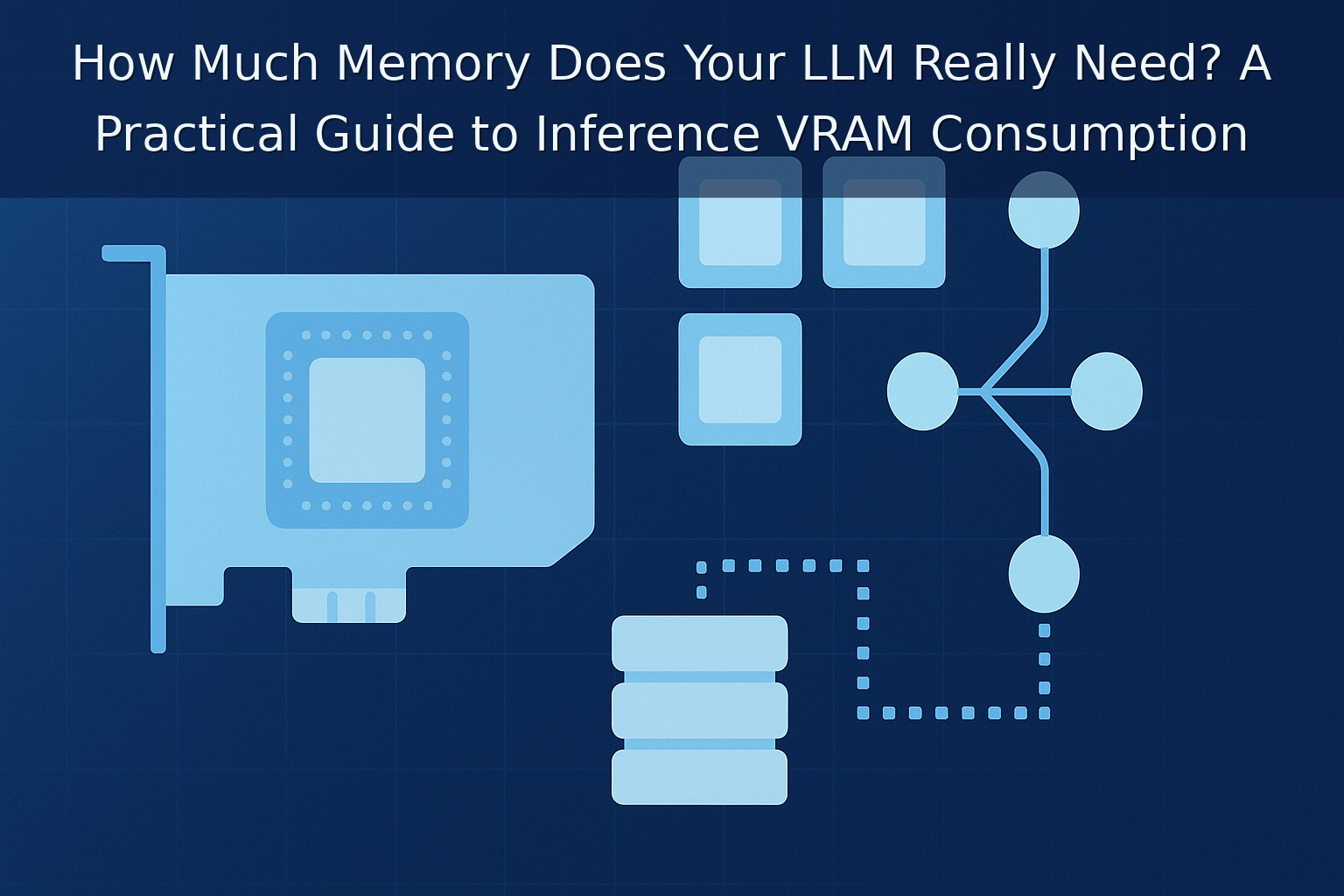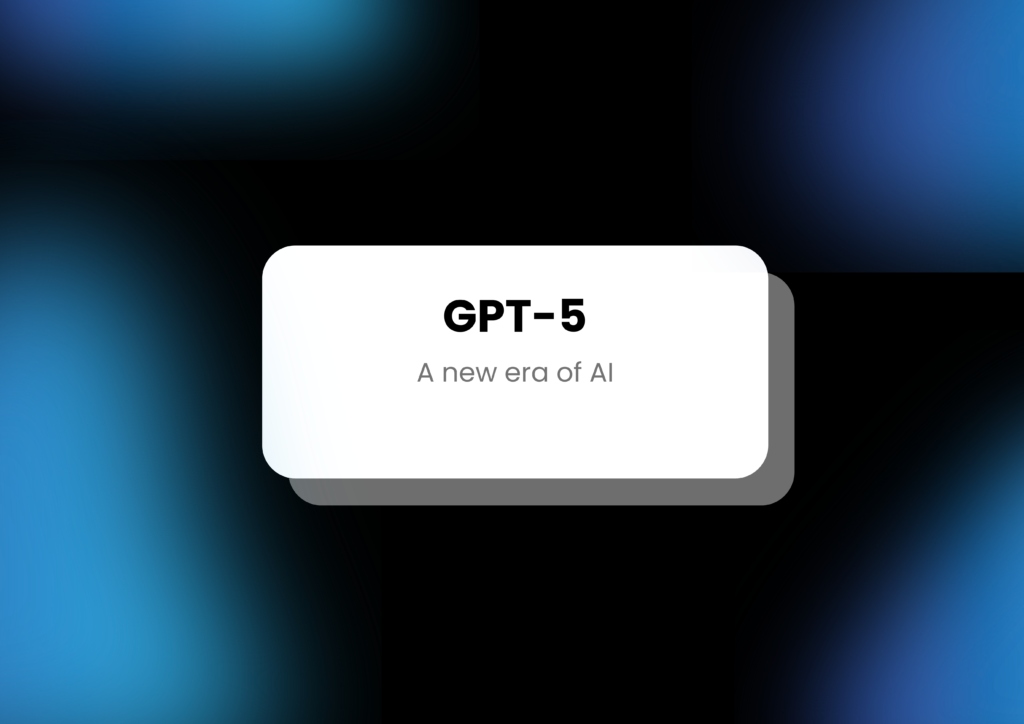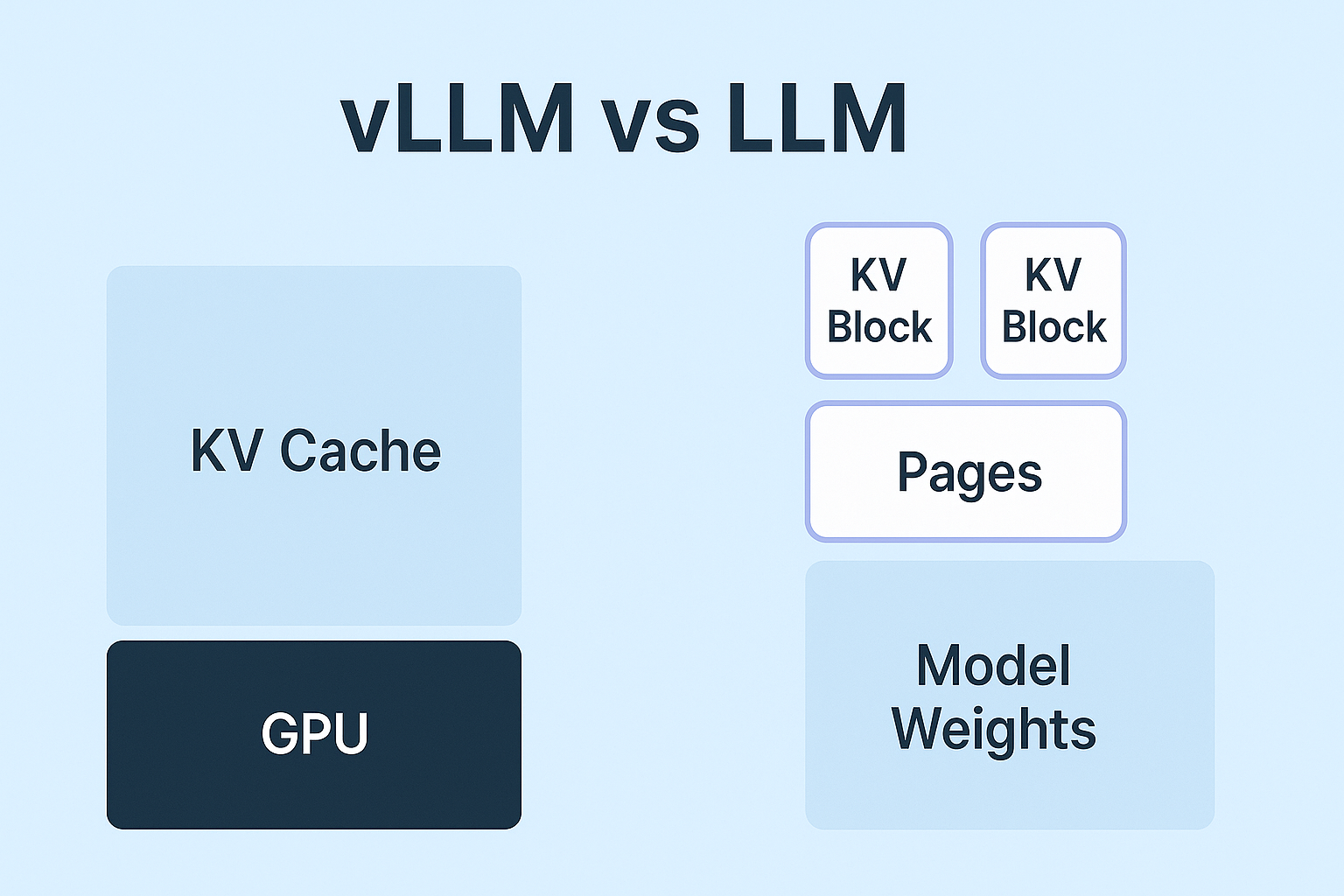
12.08.2025
OpenAI GPT-5 Guide: Features, Performance, Pricing, and GPT-4o’s Return
OpenAI GPT-5 guide: features, performance, and pricing in one article. ChatGPT updates, safe completions, integrations, and real user insights. Plus why GPT-4o returned—and when to choose each model.
Navigation
Introduction and release date

OpenAI introduced the GPT-5 model on August 7, 2025. The announcement on OpenAI Academy emphasized that the model “brings together all research breakthroughs into the most intelligent and reliable AI system to date” and would replace previous models. The announcement stated that GPT-5 is a unified system composed of an efficient base model, a model that thinks deeply for hard problems (GPT-5 thinking), and a router that decides in real time which model to use. Thus, users no longer need to worry about choosing a model; ChatGPT selects the most suitable GPT-5 component based on the task. According to Webrazzi, OpenAI designed GPT-5 to deliver a smarter, faster, and more user-friendly experience; the model was made available to developers and businesses through ChatGPT and the API. Thanks to the unified system, users can always get the best answer without worrying about which model to select.
What changed? – GPT-5’s innovations
According to OpenAI Academy, GPT-5 delivers four key advances over previous models:
Deeper reasoning: GPT-5 can automatically “think more” when faced with multivariate questions. It can discuss trade-offs across dimensions in complex topics and go beyond superficial answers.
Professional and comprehensive outputs: The model produces more structured and professional results when generating long-form reports or business documents.
Enhanced synthesis capability: It can integrate multiple uploaded documents or data from connected apps to provide evidence-based recommendations.
Speed and reliability: GPT-5 responds faster, has higher accuracy, and clarifies the task in ambiguous situations. This gives users the sense of working with a thoughtful colleague.
Safe completions: The model aims to provide the most helpful answer to user requests and clearly states when it cannot help. This safe completions feature enables a more responsible and reliable AI interaction.
Advanced coding and design capabilities: GPT-5 stands out as the most powerful coding model to date. It brings major ease to tasks like front-end design and building websites and apps; even users without software expertise can create aesthetic and functional designs.
Reliability on health questions: The new model provides more accurate answers to health-related questions, helping users ask more effective questions in conversations with their healthcare providers. However, OpenAI emphasizes that the model does not replace professional medical advice.
OpenAI CEO Sam Altman described GPT-5 as “an important step on the path to AGI” and said that chatting with the model feels like talking to a PhD-level expert on any topic. Nick Turley, president of ChatGPT, noted that the most striking difference is that the model feels more natural and “human-like.”
Performance, capacity, and pricing
OpenAI launched GPT-5 alongside three models: GPT-5-mini (lightweight and fast), GPT-5-nano (cheaper and offered in the API), and the higher-end GPT-5-pro and GPT-5-thinking. For developers, pricing is as follows: for GPT-5, input tokens are $1.25 per 1 million tokens and output tokens are $10; for the mini model $0.25/$2; and for the nano model $0.05/$0.40. The model offers a 256k-token context window (up from 200k in the previous o3 model) and supports a “verbosity” parameter to control answer length.
IEEE Spectrum reports that GPT-5 is available to everyone via ChatGPT and that paid users can access more powerful variants. Turley says that for many users this is the first time they have real access to a “thinking” model, which automatically applies more reasoning to hard questions.
It is noted that GPT-5 is offered in base, GPT-5 Mini, and GPT-5 Nano variants to suit different scenarios; the mini version targets cost-sensitive applications, while the nano version is ideal for low latency and fast-response use cases. It is also stated that the GPT-5 Chat variant provides a more natural, context-aware chat experience, helping users reach the information they need more quickly and accurately. The report adds that free users have limited access, Pro users have unlimited access, Plus users have much higher quotas, and GPT-5 is the default for Enterprise/Edu customers.
New features and integrations
With GPT-5, ChatGPT gains new personalization options. Users can change chat colors and create personalized character traits to tailor the experience to their preferences. ChatGPT also integrates with Gmail, Google Calendar, and Google Contacts, automatically recognizing data from these sources and citing them when necessary. Thanks to voice improvements, customizable GPTs now offer a richer and more personal voice response experience.
Use cases and examples
OpenAI Academy provides examples of how GPT-5 can be used across different departments. Highlights include:
Writing and report generation: Companies can leverage GPT-5 to prepare professional 15-page annual impact reports or marketing documents.
Research and analytics: GPT-5 can analyze a 200k-row sales dataset to identify top-performing regions, seasonal trends, and anomaly categories, and turn these into a summary report.
Problem solving and decision support: It can compare alternatives to propose strategies for reducing supply chain costs or solving multi-step business problems.
Engineering, sales, marketing, and finance: The Academy page offers department-specific prompt examples such as software architecture reviews, strategic account plans, product-launch content sets, and quarterly financial forecasts.
Safety and ethics improvements
Reports indicate that OpenAI’s system card shows GPT-5 has a 26% lower hallucination rate compared with previous models, and the “thinking” variant (GPT-5 thinking) produces 65% less misinformation than the prior o3 model. The same document notes that GPT-5 is equipped with safety measures to reduce tendencies to deceive or cheat, and that it has learned to fail harmlessly on tasks it cannot solve.
IEEE Spectrum relays that Alex Beutel, OpenAI’s safety research lead, explained the model uses “safe completions” to provide limited but helpful answers in potentially dangerous or ambiguous situations. In this way, the model tries to assist as much as possible without breaching safety boundaries.
M = (7 × 4) × (32 / 16) × 1,2 = 28 × 2 × 1.2 = 33,6 GB.
This quick estimate closely aligns with real-world memory usage patterns and is especially useful for rapid feasibility checks on existing hardware.
User experiences and early observations
Official demo and media impressions
Wired reporters observed in a press demo that GPT-5 “thought” for 14 seconds, produced hundreds of lines of code, and built an interactive French-learning app. During the demo, GPT-5 created a web app called “French Playground” that included flashcards, quizzes, and a game guiding a mouse to cheese to learn vocabulary. OpenAI’s post-training team said the model is very strong on long processes and tool calls and that it justifies actions while following detailed instructions.
IEEE Spectrum’s Eliza Strickland argues that the jump in GPT-5’s coding ability ushers in an era of “software on demand,” where users can simply describe what they want and get working applications in minutes.
Community feedback
In a developer community announcement, it was noted that GPT-5 is particularly strong at complex front-end generation and debugging large codebases, and that a new “minimal reasoning” mode can shorten response times. The same post mentions token-based API pricing and support for a 400k-token context window. However, some users reported errors because the new model didn’t support certain function calls or parameters, emphasizing the need to read the documentation carefully.
User Reactions and the Return of GPT-4o
After GPT-5 rolled out in ChatGPT, some users criticized the new model’s writing style. In response, Altman announced on X that Plus subscribers could choose between GPT-5 and GPT-4o and acknowledged that the importance of features people liked in GPT-4o had been underestimated. This option is accessible in the settings via the “show legacy models” toggle; GPT-5 remains the default, but users can select GPT-4o if they wish. Altman also stated they would determine how long legacy models remain available based on user behavior.
Conclusion and Assessment
GPT-5 offers a marked leap over OpenAI’s previous models. The unified system architecture and router highlighted on the Academy page remove the need for users to manage model selection, while deeper reasoning, professional outputs, and data synthesis promise substantial productivity gains.
Some sources emphasize that GPT-5 is faster, smarter, and more reliable, delivering breakthrough performance in coding, agents, and healthcare. However, the system card still notes limitations and security risks; hallucinations have not been eliminated, and there remain areas that require further research.
User experiences indicate that while GPT-5 has exceptional writing and coding capabilities, there are occasional inconsistencies in automatic model selection. The developer community reminds that using the API without carefully reviewing the new parameters and functions can lead to errors.
In short, GPT-5 is a major step forward but still an evolving system. Users should consider both its potential and its limitations and use it carefully by relying on information provided in official announcements and system cards.
AI That Works Like You. Get Started Today!
Get in Touch to Access Your Free Demo


